A major digitalisation project is under way on the emerald green hills of Northern Ireland; a project that will have an impact on both patients’ experiences and how employees work at the Northern Ireland Ambulance Service, NIAS. To facilitate this fundamental change, NIAS has chosen the MobiMed electronic patient record (ePR) from Ortivus.
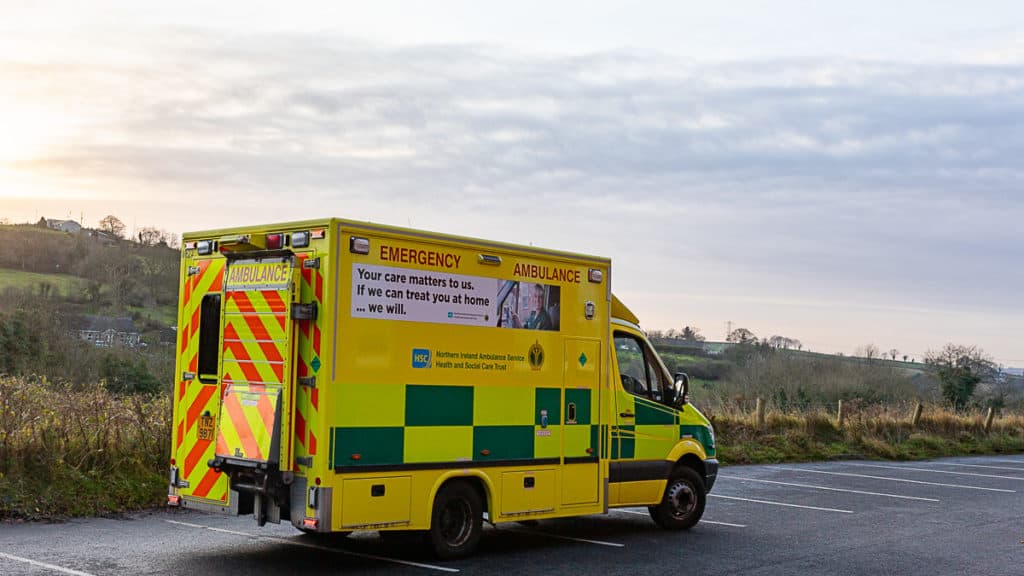
The benefits of digitalisation
NIAS is leaving pen and paper patient records belonging to a previous era and is introducing electronical patient records, ePR, in all ambulances. It might not sound like a major revolution but as one project member phrased it, “we are taking three steps on the digitalisation ladder in one go”.
The project team have identified many benefits they want to achieve with this project. The most important is to give all the first responders access to patient’s previous records so they have key summary information that will inform the patient’s treatment and pathways. Secondly priority is to provide access to timely statistics and clinical audit data, similar to the MobiMed systems used in South Central England. Thirdly, the patient’s journey will be greatly improved. They will only need to share their name and similar details onceas it will be securely shared along the continuum of care electronically.
Let’s dive into the project plans and the project partners to understand this change better.
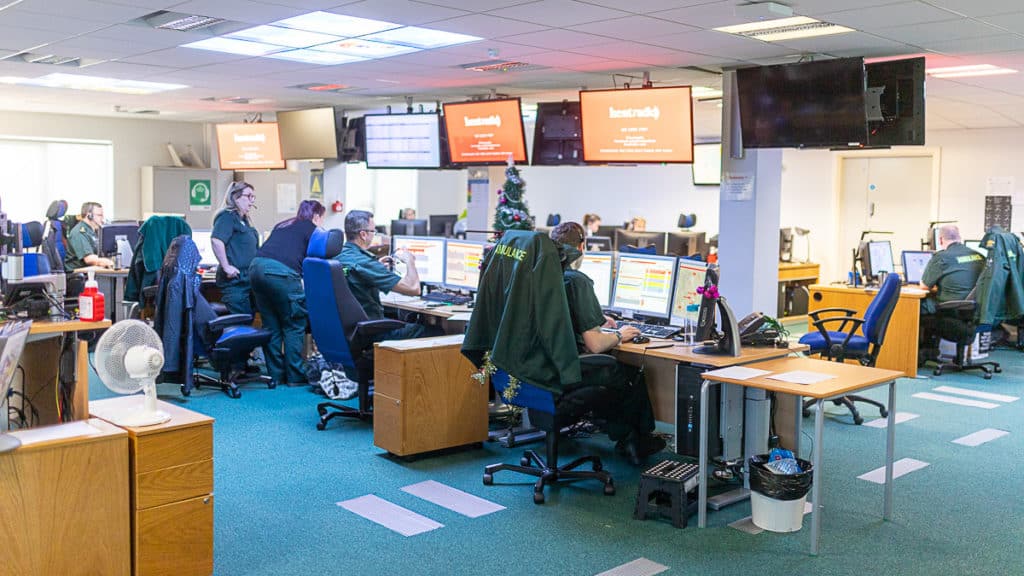
Northern Ireland Ambulance Service, NIAS
Northern Ireland Ambulance Service, NIAS, is a comparatively small trust in the UK. The trust have a fleet of circa 350 vehicles and 1000 frontline staff: paramedics, technicians and attendants. Demand for the ambulance service is increasing on an annual basis and NIAS needs to employ another 300 frontline staff during the coming years. Today NIAS works in partnership with the University of Ulster to provide a Foundation Degree in Paramedic Science. Within the next 2 years, paramedics will also undergo a degree programme with the University of Ulster similar to the nurse training education path.
Of the vehicles, NIAS has around 230 of the double crew ambulances (the big yellow vans), 100 non-emergency ambulances for transporting patients (the white minibuses), some specialist rapid response vehicles and one red helicopter for the Helicopter Emergency Medical Service (HEMS).
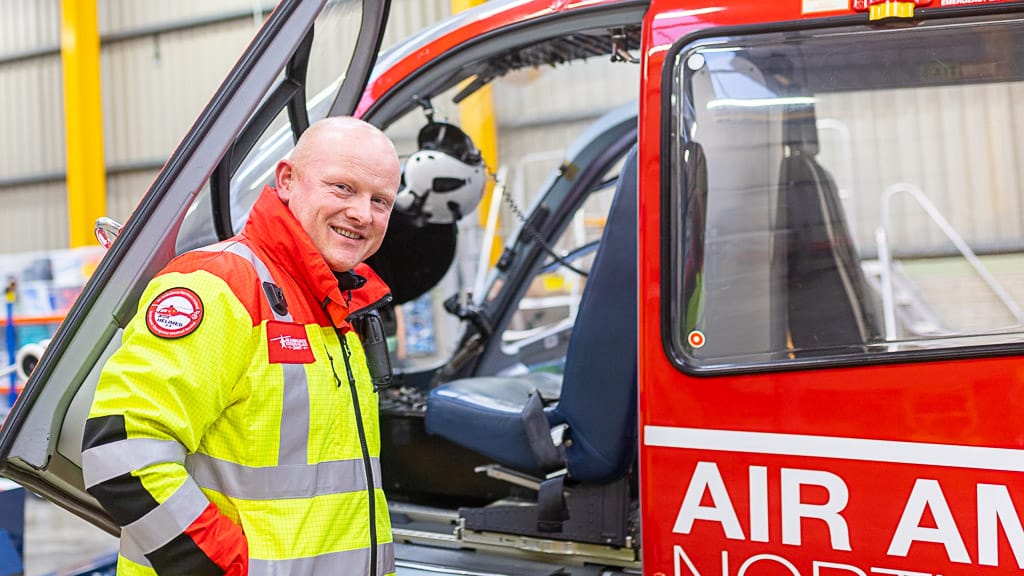
The entire country can be reached in 40 minutes
Since Northern Ireland is a small country, one helicopter can reach all parts of Northern Ireland within 40 minutes or less. The helicopter is based in a former prison site Maze Long Kesh in Lisburn – a central location for covering the country. Today the helicopter is only deployed for acute trauma incidents, the majority of which are traffic or farm accidents, . the latter often in remote areas when a helicopter is really helpful.
In the air, the helicopter is manned by one pilot, one paramedic and one physician, either a trauma or anaesthetic specialist. Two pilots share the work, working twelve hours shifts, four days on and four days off. One maintenance engineer and seven paramedics are also based at the HEMS base. When the helicopter is unable to fly due to unsuitable weather conditions (like the day we visited) the medical team uses a rapid response vehicle for transport.
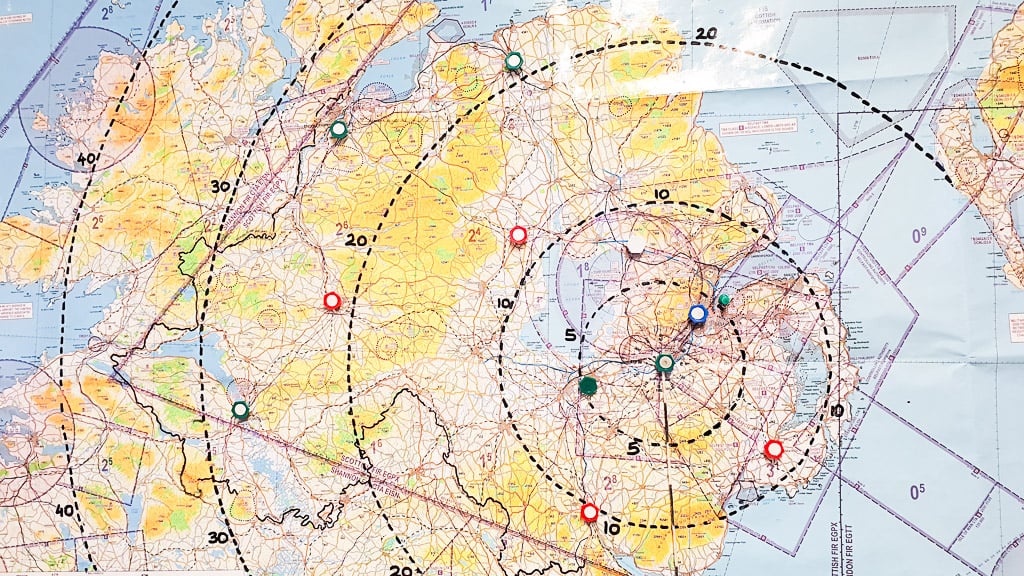
The control room is the centre
For the general public, the vehicles that they see on the road (or in the air) and the frontline staff that they meet are the face of the ambulance service. But the heart of NIAS is the control room where a group of emergency medical dispatchers handle all the calls, triaging of the calls to prioritise the response.
For the most seriously ill patients the initial response is expected to reach the patient in an average time of 8 minutes. Less urgent calls are connected to the clinical support desk where paramedic staff provide a “hear and treat” service.
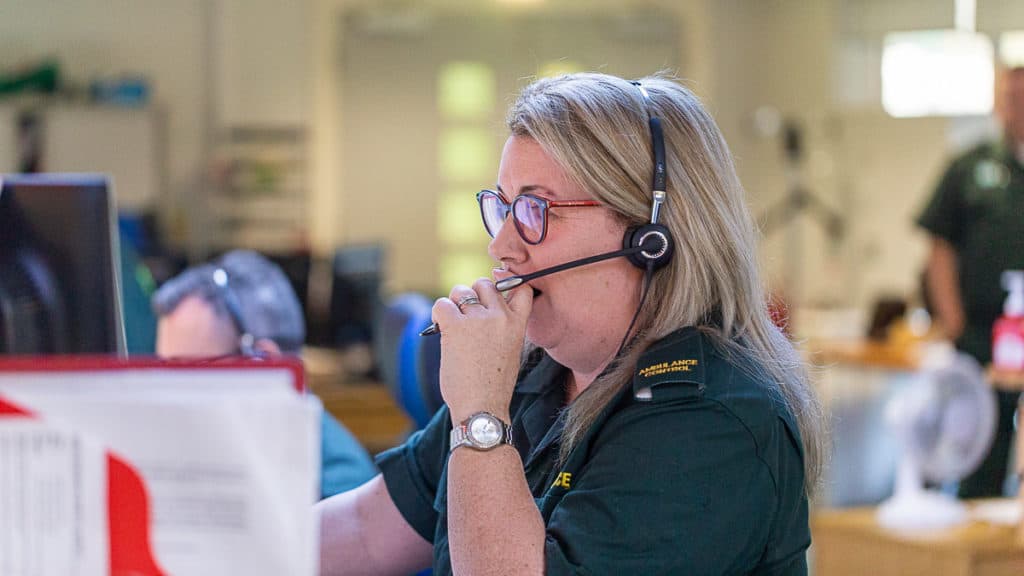
Connecting ambulances to the wider healthcare system via data
Until now NIAS have had their own in-house IT system. One of the large changes is moving away from this and building a data warehouse in the regional health service data centre. The rationale for this is to build business intelligence platforms and provide rich data that will be of benefit to the ambulance service and the wider HSC environment.
NIAS plans for greater data sharing at a clinician level, and at a system level for the benefit of the patient and their healthcare journey. This may be to alert the GP that the patient has received a visit from an ambulance or to provide referral to a care pathway at the point of care. These are just a few examples of the many details that are being worked through and will be developed as the project is progressed.
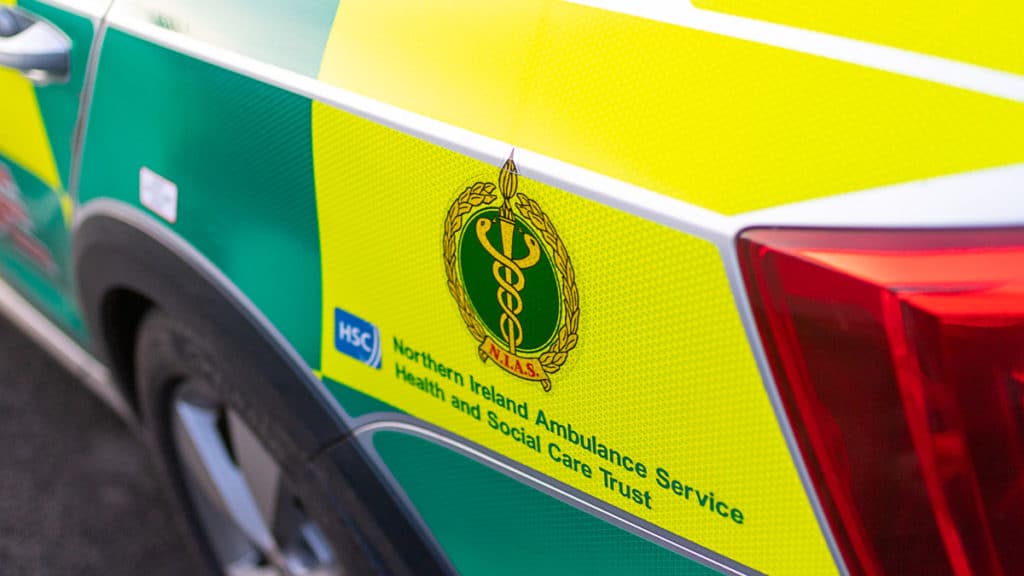
A large and complex project
During the roll-out all all frontline staff at NIAS will get a personal issue device running the MobiMed application. From an outside perspective it might sounds like a small thing to provide the staff with devices and change their routines, but there are a lot of technical and other issues that need to be solved before they get there.
NIAS is undertaking a large, complex and challenging project. At Ortivus we are really honoured they have chosen us to be a partner in this process!

